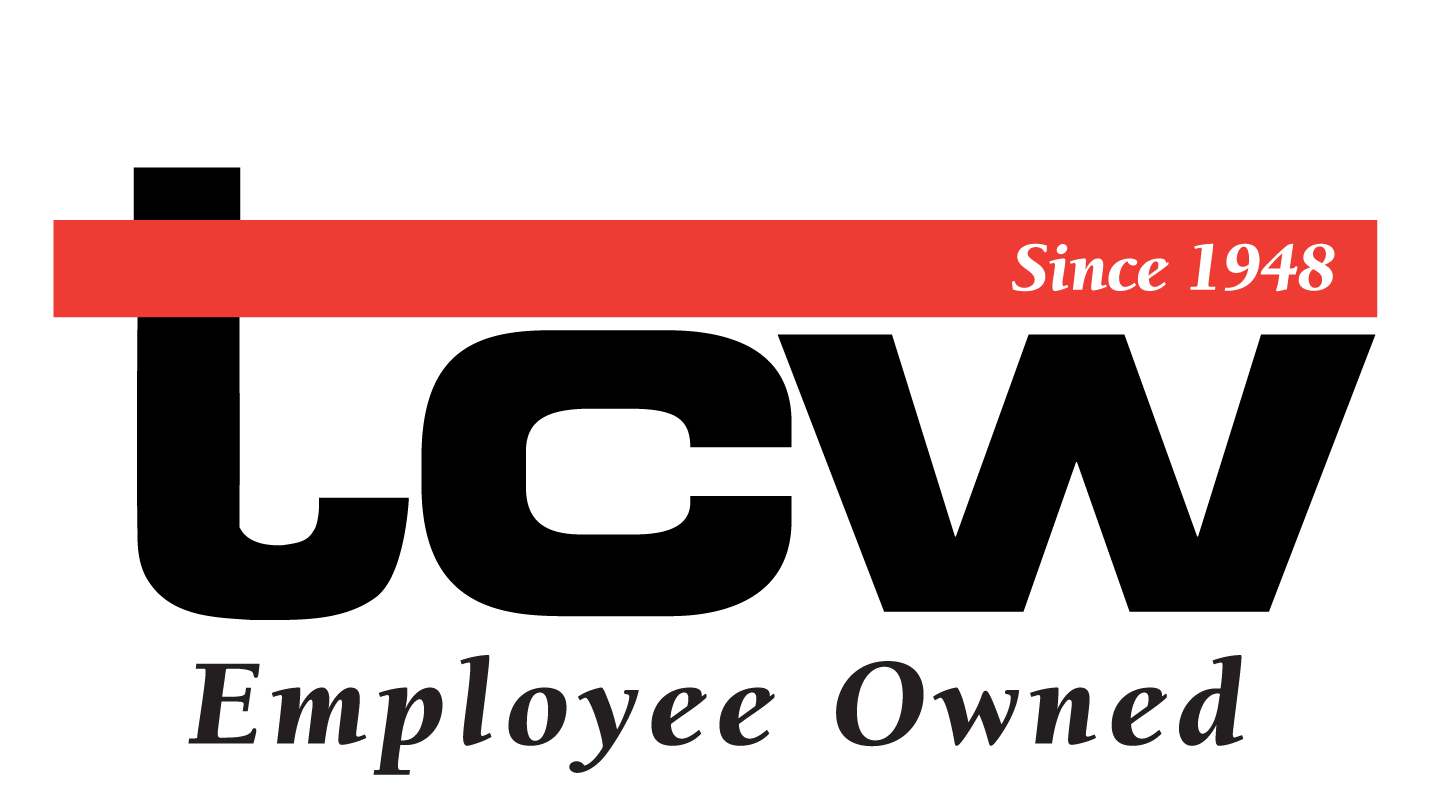Title search: ✖
Port Strikes Logistics Strategies for Manufacturers
How to Move Your Freight When Your Port Options Are LimitedLabor strikes can send shockwaves through global supply chains — especially when they affect major ports that serve as critical entry and exit points for manufacturers. When this happens, freight managers must act quickly to secure alternative routings, maintain flow, and prevent downstream impacts on production and customer delivery schedules. A recent ILA (International Longshoremen’s Association) strike posed exactly this threat for a Southeastern U.S. manufacturer dependent on European imports and exports. With limited port options and mounting uncertainty, the manufacturer needed a partner that could pivot fast and create continuity across both inbound and outbound freight flows. Why Labor Strikes at U.S. Ports Disrupt Manufacturing Supply ChainsEven brief interruptions at union-operated ports can have long-term ripple effects — especially for companies relying on precise shipping windows, reusable packaging cycles, or specific routing preferences. In this case, the manufacturer faced a unique challenge:
Without a workable solution, the company risked major delays, logistical uncertainty, and production slowdowns. The Risks of Inflexible Port Strategies During Labor DisputesWhen a port labor strike occurs, companies without contingency plans may experience:
Being locked into a rigid transportation model — or limited to a narrow service network — can make it hard to respond when conditions change quickly. Case Study: Keeping Imports and Exports Moving Through a Labor StrikeWhen faced with a strike that shut down their primary port access, the Southeastern manufacturer’s supply chain was at risk of grinding to a halt. Both inbound European parts and outbound finished goods (plus reusable packaging) were affected. Thanks to TCW’s dual-entity approach, the company was able to:
TCW + TCW Logistics: A Unified Response to Keep Freight MovingTo avoid a shutdown, the manufacturer engaged TCW and TCW Logistics, leveraging both the company’s regional transportation assets and its national logistics network to maintain continuity. Step 1: Logistics Coordination Outside the Core NetworkTCW Logistics identified and engaged third-party providers for:
This ensured that imported cargo could be rerouted and moved inland — even though the usual TCW locations were outside the disrupted network. Step 2: Seamless Integration With TCW’s Local OpsOnce the freight reached the designated TCW OpCenter, TCW’s team handled:
This hybrid model allowed the manufacturer to keep their existing workflows and shipping schedules in place — with no added strain on their labor force, and no loss of efficiency. The Results:
Final Thoughts: Preparing for Port Strikes With Flexible Freight StrategyPort strikes are unpredictable — but their impact on manufacturers doesn’t have to be. By aligning with logistics providers who can scale, reroute, and integrate seamlessly, companies can weather disruptions without halting operations or overburdening their teams. Whether you're managing transatlantic imports, reusable packaging exports, or simply need reliable service when your normal routes are down, it pays to partner with teams that can move beyond their core footprint to deliver continuity and confidence. For more insights on container delivery, drayage strategies, and regulatory freight planning, contact one of our solution specialists today.
© 2025 TCW, Inc. All rights reserved.
|






